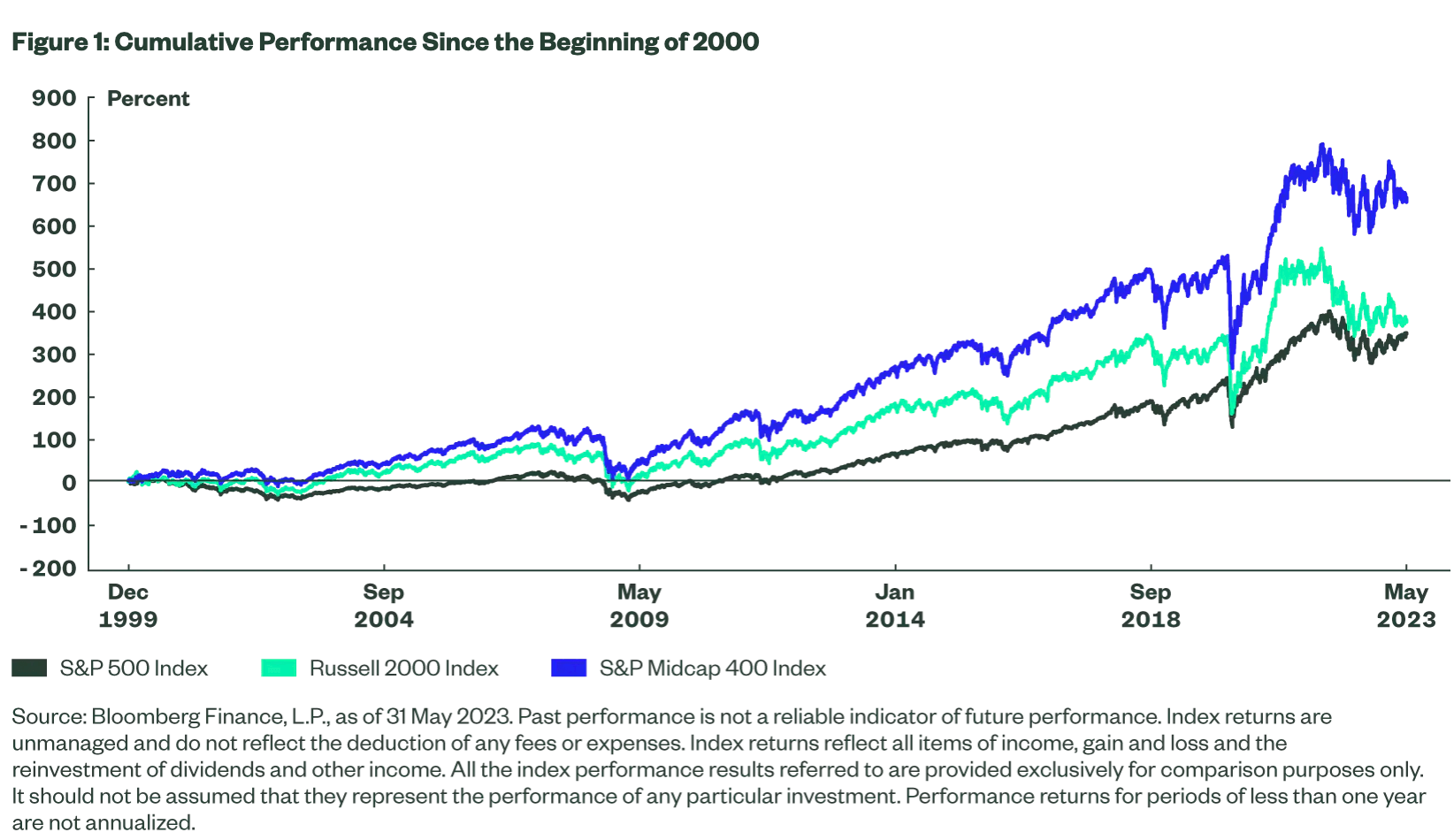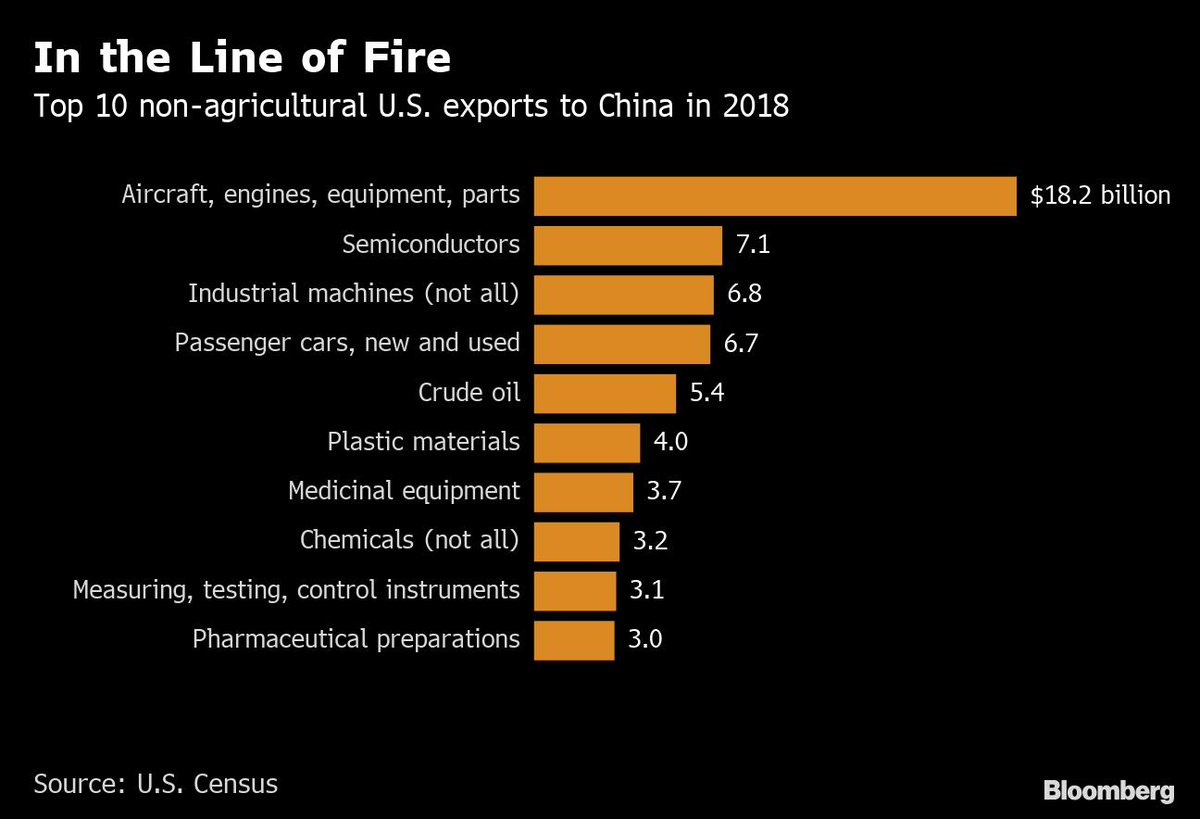Net Asset Value (NAV) Explained: Amundi Dow Jones Industrial Average UCITS ETF

Table of Contents
What is Net Asset Value (NAV) and How is it Calculated?
Net Asset Value (NAV) represents the net asset value per share of an ETF. It's essentially the market value of all the assets held within the fund, minus its liabilities, divided by the number of outstanding shares. Think of it as the true underlying value of your investment.
NAV Calculation: A Step-by-Step Guide
Calculating the NAV involves these key steps:
-
Assets: The ETF's assets are primarily the underlying securities it holds. In the case of the Amundi Dow Jones Industrial Average UCITS ETF, these assets are the stocks that make up the Dow Jones Industrial Average. This includes a diversified portfolio of leading US companies. Other assets might include cash holdings and receivables.
-
Liabilities: These are the fund's expenses and obligations. Common liabilities include management fees, administrative expenses, and any accrued expenses payable.
-
Formula: The NAV is calculated using this simple formula:
(Total Assets - Total Liabilities) / Number of Outstanding Shares = NAV
Daily NAV Calculation and Influencing Factors
The NAV is calculated daily, reflecting the closing market prices of the underlying assets. This daily calculation is vital because it directly impacts the ETF's price. Several factors can influence the daily NAV:
- Market Fluctuations: Changes in the market value of the underlying stocks directly affect the ETF's NAV. A rising market generally leads to a higher NAV, and vice versa.
- Dividend Payments: When the underlying companies pay dividends, this increases the ETF's assets, thereby impacting the NAV.
- Expense Ratios: Management fees and other expenses reduce the fund's assets, thus affecting the NAV calculation.
NAV and the Amundi Dow Jones Industrial Average UCITS ETF
The Amundi Dow Jones Industrial Average UCITS ETF is designed to track the performance of the Dow Jones Industrial Average, a widely followed index of 30 large, publicly owned companies in the US. Its investment strategy focuses on replicating the index's composition as closely as possible.
NAV's Role in ETF Performance and Accessing the NAV
The daily NAV of the Amundi Dow Jones Industrial Average UCITS ETF directly reflects the performance of the underlying Dow Jones Industrial Average. A higher NAV indicates improved performance, and conversely, a lower NAV suggests underperformance. You can find the daily NAV on the Amundi website, major financial news sources like Bloomberg or Yahoo Finance, and usually on your brokerage platform.
NAV vs. Market Price: Understanding the Discrepancy
While the NAV is a crucial indicator, it's important to understand that the market price of the ETF might slightly deviate from its NAV. This difference can be attributed to:
- Bid-Ask Spread: The difference between the highest price a buyer is willing to pay (bid) and the lowest price a seller is willing to accept (ask).
- Trading Volume: Higher trading volume generally leads to a smaller discrepancy between NAV and market price.
Why is Understanding NAV Important for Investors?
Understanding NAV is paramount for several reasons:
- Performance Measurement: NAV allows you to accurately track the performance of your investment in the Amundi Dow Jones Industrial Average UCITS ETF over time.
- Investment Decisions: By monitoring NAV trends, you can make informed decisions regarding buying or selling the ETF, aligning your trades with the underlying asset value.
- Risk Assessment: Analyzing the NAV helps in assessing the risk associated with the ETF, allowing you to manage your investment according to your risk tolerance.
- Comparison with other ETFs: Comparing the NAV of this ETF with similar ETFs tracking the Dow Jones Industrial Average or other indices allows you to assess relative performance and make informed choices.
Conclusion: Mastering Net Asset Value for Successful ETF Investing
Understanding Net Asset Value (NAV) is crucial for anyone investing in ETFs, particularly the Amundi Dow Jones Industrial Average UCITS ETF. Regularly checking the NAV helps monitor performance and make well-informed investment decisions. By grasping the fundamentals of NAV calculation and its implications, you can better manage your portfolio and align your investment strategies with your financial goals. To further enhance your understanding, explore resources on ETF investing and consider consulting with a qualified financial advisor to tailor your investment strategy to your specific needs. Mastering Net Asset Value is key to successful ETF investing!

Featured Posts
-
 Pobediteli Evrovideniya Zhizn Posle Pobedy Poslednie 10 Let
May 24, 2025
Pobediteli Evrovideniya Zhizn Posle Pobedy Poslednie 10 Let
May 24, 2025 -
 Escape To The Country Lifestyle Changes And Community Integration
May 24, 2025
Escape To The Country Lifestyle Changes And Community Integration
May 24, 2025 -
 Zal De Snelle Marktbeweging Van Europese Aandelen Ten Opzichte Van Wall Street Aanhouden
May 24, 2025
Zal De Snelle Marktbeweging Van Europese Aandelen Ten Opzichte Van Wall Street Aanhouden
May 24, 2025 -
 Atfaq Jmrky Amryky Syny Ydfe Mwshr Daks Ila 24 000 Nqtt
May 24, 2025
Atfaq Jmrky Amryky Syny Ydfe Mwshr Daks Ila 24 000 Nqtt
May 24, 2025 -
 Banco Master Acquired By Brb A New Contender Emerges In The Brazilian Banking Market
May 24, 2025
Banco Master Acquired By Brb A New Contender Emerges In The Brazilian Banking Market
May 24, 2025
Latest Posts
-
 Is Sean Penns Support Of Woody Allen A Sign Of Continued Me Too Blindness
May 24, 2025
Is Sean Penns Support Of Woody Allen A Sign Of Continued Me Too Blindness
May 24, 2025 -
 Mia Farrow Michael Caine And An Ex Husband A Behind The Scenes Story
May 24, 2025
Mia Farrow Michael Caine And An Ex Husband A Behind The Scenes Story
May 24, 2025 -
 Michael Caines Unexpected On Set Visit During Mia Farrow Sex Scene Filming
May 24, 2025
Michael Caines Unexpected On Set Visit During Mia Farrow Sex Scene Filming
May 24, 2025 -
 Michael Caine Recalls Awkward Mia Farrow Sex Scene Encounter
May 24, 2025
Michael Caine Recalls Awkward Mia Farrow Sex Scene Encounter
May 24, 2025 -
 Ronan Farrow And Mia Farrow A Comeback Story
May 24, 2025
Ronan Farrow And Mia Farrow A Comeback Story
May 24, 2025
